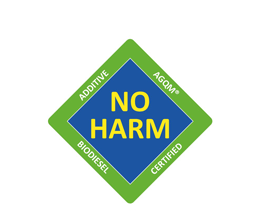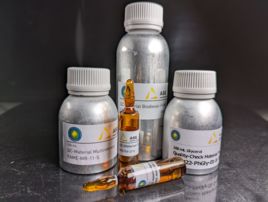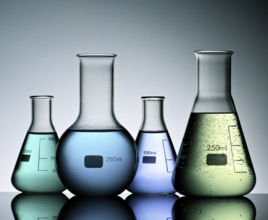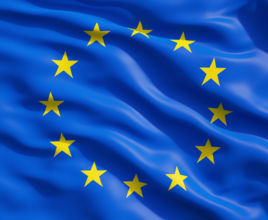Dioxin content of Biodiesel below limit for foods and animal feed
Berlin, 04 May 2011 - AGQM has Biodiesel tested for Dioxin content
updated: 09 September 2011
Due to the Dioxin scandal in Germany at the end of 2010, AGQM initiated the testing of Biodiesel with regard to any Dioxin content. Not only were all levels of the samples tested way lower than the permissible limit for technical products, but in all cases they were also below the significantly lower limits for foods and feed. In most cases the level was even below the quantification limit.
The scandal concerning Dioxin contaminated feed triggered the testing. The feed in question had been produced with fatty acids gained from the Biodiesel production, even though those fatty acids had been indicated and labelled for technical use only. Despite the fact that verification could be given without any doubt that the Dioxin did not originate from those fatty acids, in public, Biodiesel as a product was associated with Dioxin nonetheless; thereupon the German Federal Ministry for the Environment, Nature Conservation and Nuclear Safety (BMU) inquired with regard to possible data on the Dioxin level of Biodiesel.
This inquiry prompted AGQM to carry out a large-scale investigation among its members and other biodiesel producers. For that 21 Biodiesel producers and traders submitted samples, most of which had been obtained by unannounced sampling of an unbiased sampling institute. The analysis of the samples was carried out by an accredited laboratory.
Being a technical product Biodiesel has to meet the limits in the range of µg/kg (µg: Mikrogramm; 1 µg = 0,000001 g = 10-6 g) as stipulated by the ChemVerbotsV (Chemicals prohibition ordinance). The limits for vegetable oils intended for the use as foods or feed are several orders of magnitude less. According to the Animal Feed Directive 2006/13/EG and the EU Directive 1881/2006 they are identical for foods and feed, even if they are given in differing dimensions, i.e. 0,75 ng/kg (ng: Nanogramm; 1 ng = 0,000000001 g = 10-9 g) and 0,75 pg/g (pg: Picogramm; 1 pg = 0,000000000001 g = 10-12g).
The levels of all samples were way below the limits for technical products according to the ChemVerbotsV. Furthermore, none of the samples exceeded the significantly lower Dioxin limits for foods and feed either, in most cases even below the quantification limit. The investigation impressively shows that there is no need for concern regarding Dioxin in Biodiesel because not only are the requirements for technical products complied with but even the much more rigid requirements for foods and animal feed are met.
In the German Federal Environment Agency’s publication “Dioxine und dl-PCB in der Umwelt” (March 2010) the reports of the German Federals States regarding the environmental impact of dioxins are summarised and evaluated. The report takes account of data referring to samples of soil, feed and food. The content of dioxins and furans is dominated by octa- and heptachlorinated congeners. The analysis of all data shows that the “typical” German congener pattern complies with the congener pattern of the analysed Biodiesel samples. The determined dioxins can be explained by the common environmental impact in Germany.





